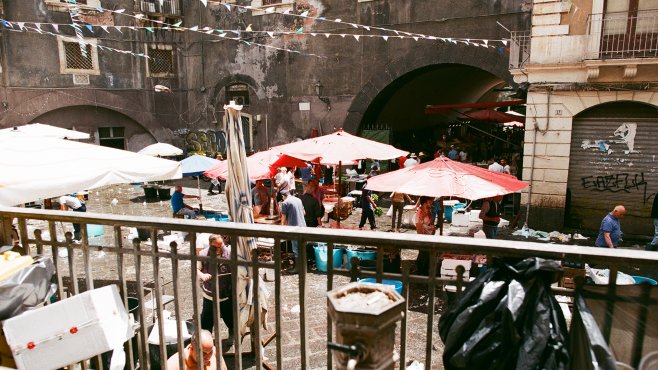Sicily
On this largest Mediterranean island, there are more vineyards than in the rest of Italy. Wine was successfully cultivated here already in ancient Greece, and it is not for nothing that the Greeks once called it "Enotria" (land of wine). Sicily is an incredibly diverse region with a large number of different microclimates, from dry hot areas like Noto, through cooler well-ventilated hilly Monreale south of Palermo with large temperature differences, to the very specific Etna, which is more reminiscent of Piedmont than the Mediterranean.
Dense, strong, almost jammy Sicilian wines were previously used mainly for export to the northern parts of Italy, where they were added to less distinctive wines. Today, Sicilian winemakers focus a lot on the quality of their production, reducing vineyard yields, often growing organically and biodynamically, and alongside international varieties, they mainly rely on local ones such as Grillo, Catarratto, Insolia, Nero d'Avola, Frappato, or Nerello Mascalese.
The most interesting wine region is Etna. The volcanic soil, high altitude (vineyards here commonly climb up to 1000 meters above sea level), and cooler, wetter climate with significant temperature fluctuations give rise to incredibly fresh and mineral white wines, and complex elegant reds.
Also worth noting are the wines from the Aeolian Islands, which are again volcanically significantly mineral and even salty. The widely spread variety here is the white Malvasia delle Lipari, which forms the basis of the dessert wine of the same name.
A Sicilian specialty is the fortified wine from the Marsala area, which was once the most famous Italian wine and was loved by Giuseppe Garibaldi.
